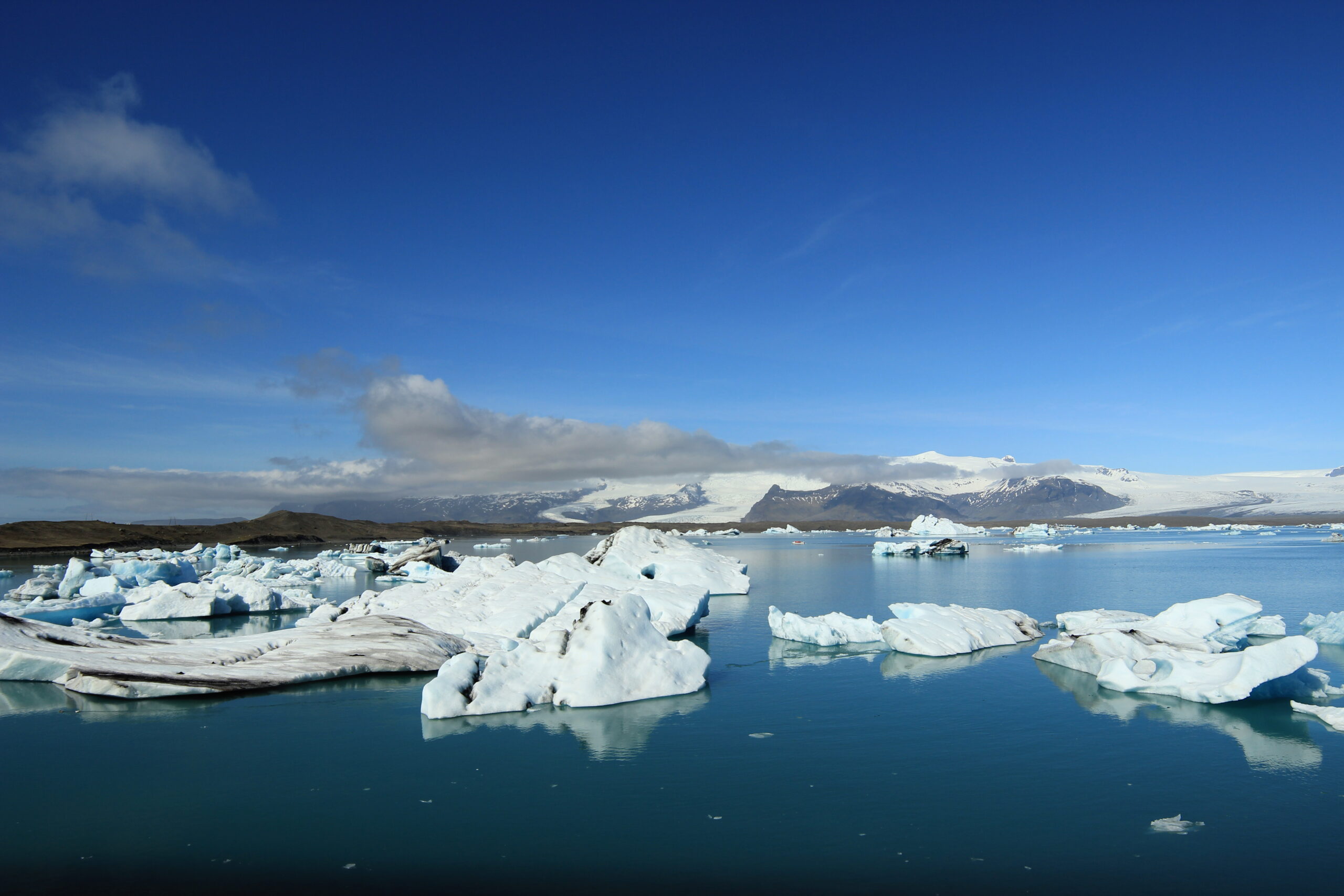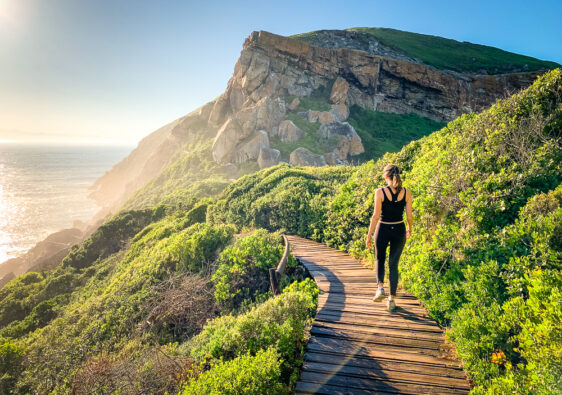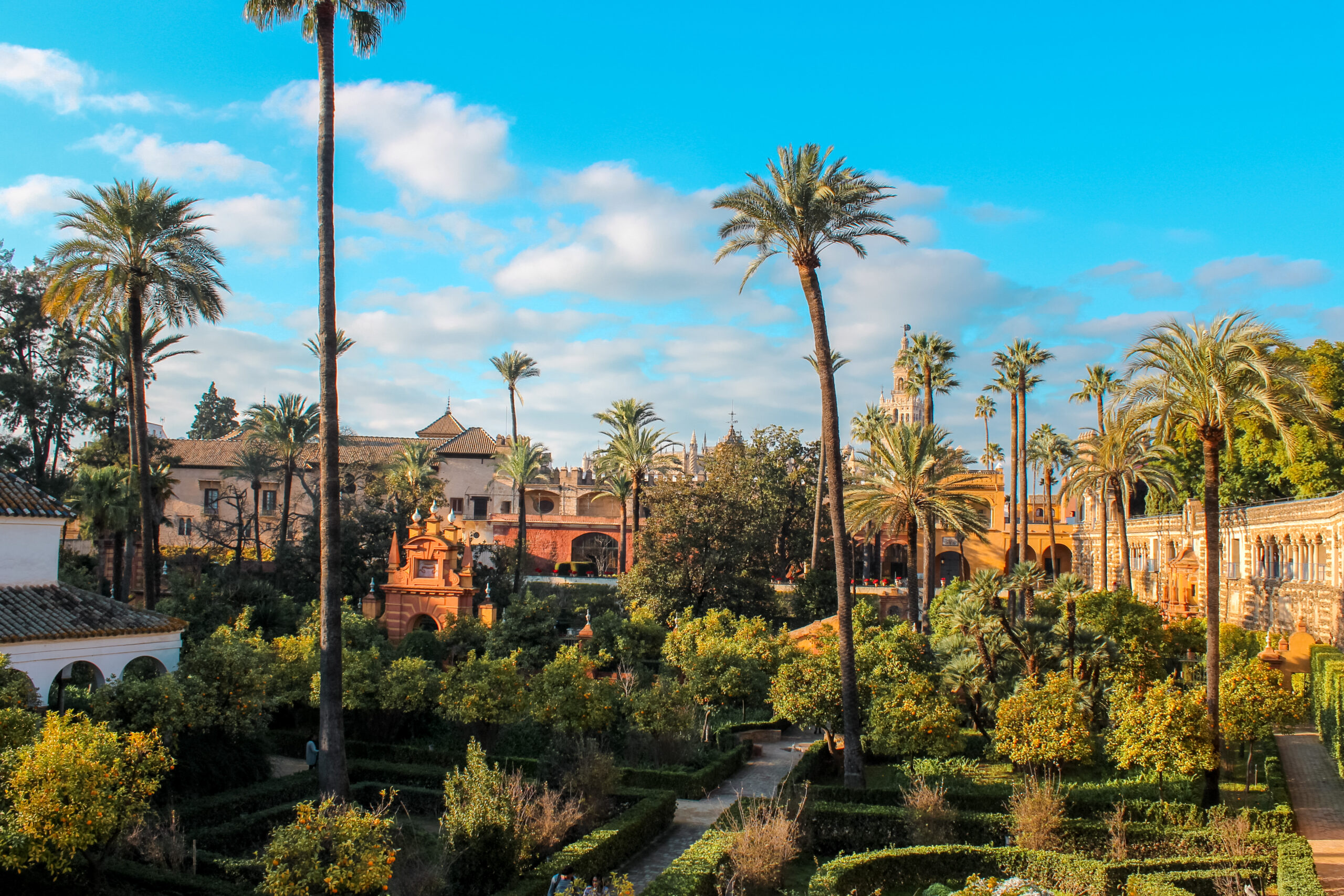The best way to visit Iceland on a budget is to not visit Iceland. While flight prices may be extremely cheap to this picturesque European destination, you likely will not get a good value for your travel money as you might in places like Africa or South America. We spent about $300 a day, or the same amount for a 4-day Iceland holiday as we did for 2 weeks in Mexico. And we didn’t even go to the Blue Lagoon.
The good news is that most of the natural landscapes and sites are free. The bad news is they aren’t all free if you are coming by car, because they’ll try to get you with paid-for-parking. In any case, there are a few things you can do to keep costs down.
- What to see in Iceland
- Getting to and from the airport to Reykjavik
- Renting a car in Iceland
- Paying for parking
- Using the toilets for free
- Accommodation options in Iceland
- Eating in Iceland
- What to pack for Iceland
What to See
Most people will go to Iceland and do one of the following. If they are there on a several hour layover with one of the many budget airlines connecting mainland Europe to North America, they might head to the Blue Lagoon for a few hours. Otherwise, most staying a few days will do the Golden Circle route (either with a rental car or with a tour operator). Personally, if you do the Golden Circle route, I would recommend you rent a car from KEF airport. It’ll be cheaper for a couple or more people, and you can make more stops.
Many tourists on a short Iceland trip won’t venture farther east than Vik, and north than Gullfoss Falls. We’d recommend that on a short trip, you do make it as far out as to Höfn, because the scenery from Vik onwards gets increasingly dramatic. Read more about what to see on a 2-3 day trip out to Höfn here.
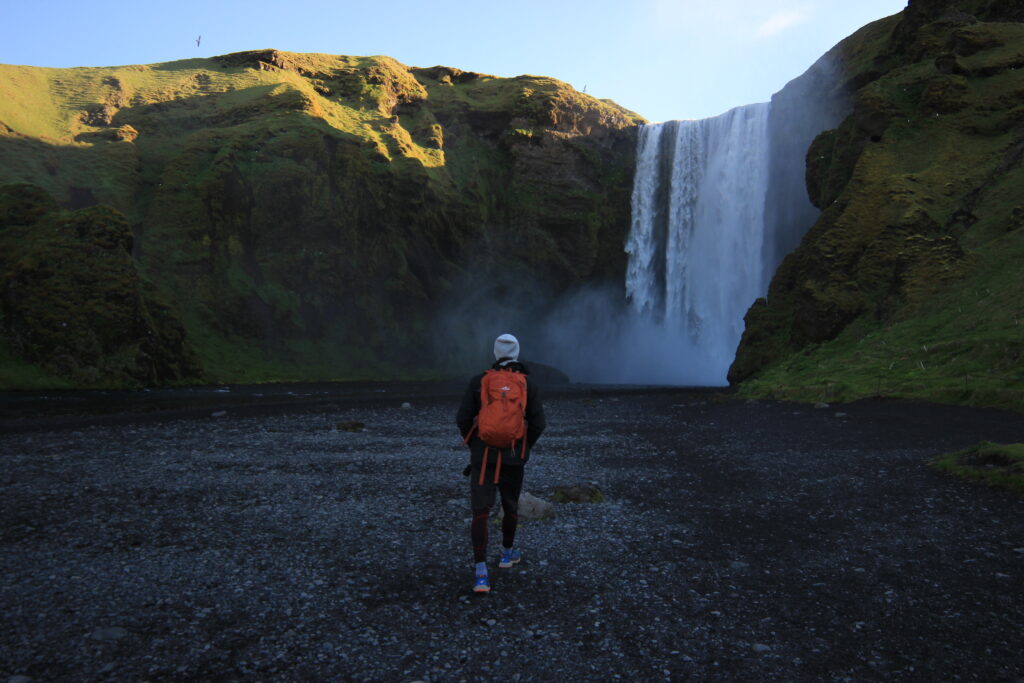
Getting to and from the airport to Reykjavik
If you’re not planning on renting a car, your best option to get to Reykjavik is a bus. There are a lot of signs advertising the Flybus or taxis in the Keflavik airport, but for a fraction of the price you can take the local public bus to get into Reykjavik. A taxi will set you back over a 100 USD. The Flybus leaves about every 30 minutes to BSI (the central bus station in Reykjavik) and costs 3,499 ISK (~28 USD) as of May 2022. It takes 45 minutes. You can book tickets here.
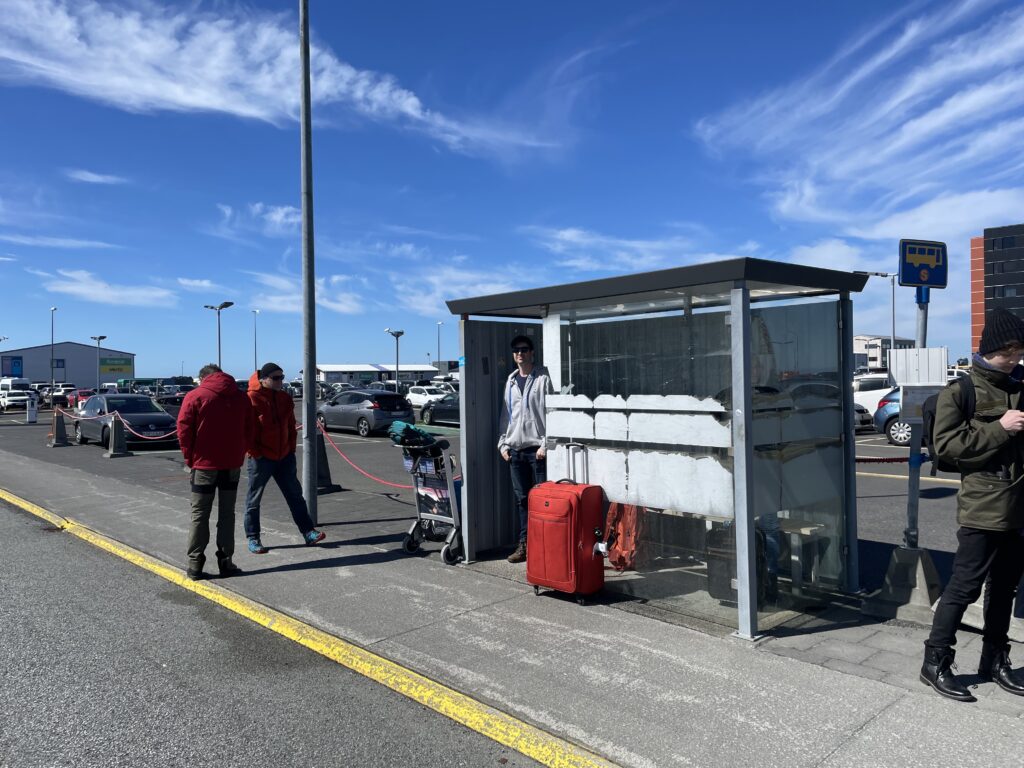
Alternatively, Strætó is the budget-friendly choice. It takes over an hour. Look for the bus for Route 55 outside the airport terminal. It costs 1960 ISK (~15 USD) to get into Reykjavik, and if you want to get off deeper into the city after the main bus terminal (BSI), just stay on the bus. You can plan your journey using this bus on Google Maps. The bus is incredibly nice and has plenty of room for large luggage. You can find bus schedule information here.
Renting a Car in Iceland
If you are travelling with at least one other person, renting a car already makes sense. Even when the cost of gasoline is 320 ISK a litre. Car rentals aren’t cheap, but neither are the organised bus tours. We saw some people hitchhiking, but it looked like a massive time-suck waiting for someone to offer a lift. In general, renting a car is straight-forward. There are many different add-on insurance options. We ended up booking directly with Blue Car rentals because they offered the best deals on the rental rates and insurance. In addition to basic liability cover, we got tire and windscreen insurance, plus gravel and sand insurance. For the time of year we visited, we really didn’t need all that extra insurance. There was no wind. We did have a large stone get hurled at us on a recently tarred road, and it definitely made a crack in the windscreen. I’m not sure if the rental company would have noticed it though.
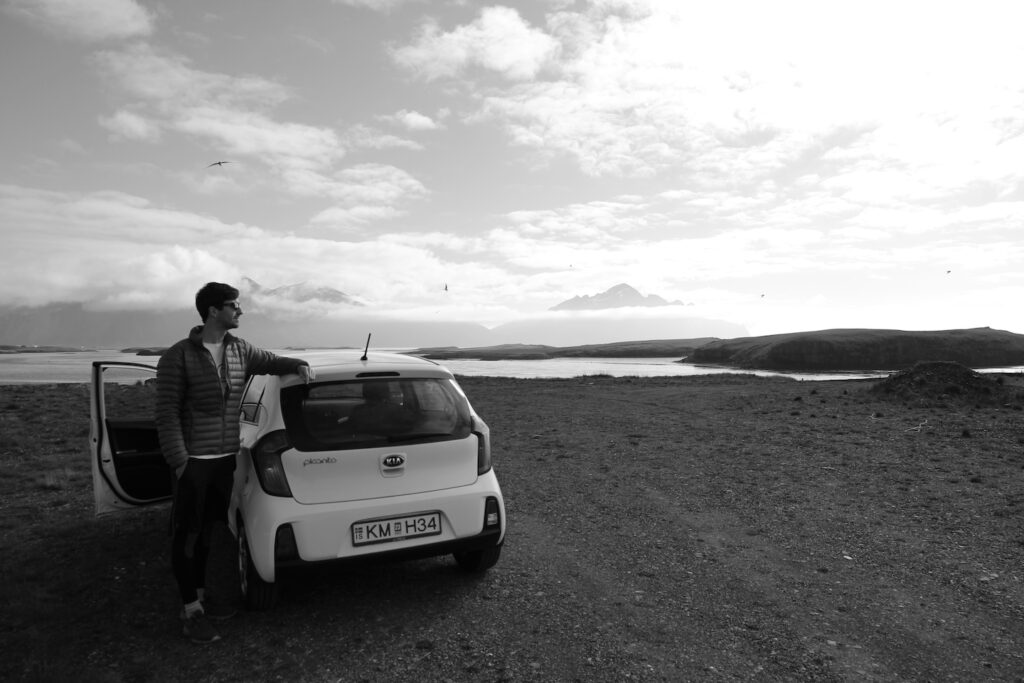
To fill up the car, there are numerous gas stations along the Ring Road. We filled up at OB usually. To fill up you need to select the monetary amount you are willing to pay for the gas and then you tap your credit card to release the pump. You can either select a small amount like 1000 ISK for about 3 litres. Or you can choose to fill up the car entirely. To fill up, select a large amount like 10000 ISK. You will only get charged for the amount of gasoline you actually pump, but you will initially get a hold of 10000 ISK on your card.
Paying for Parking
You can generally pay for parking by credit card. Only at the Hrunalaug Hot Spring did we need to pay cash (1000 ISK each) to access the pools. In some places, like the Fagradalsfjall Volcano, you can only pay for parking via the Parka app.
Using the toilets for free in Iceland
Personally, I believe everyone has a basic right to freely access restrooms, just as much as they have a right to freely breathe air. Needing to pee is just as much a biological necessity as needing to breathe. Restrooms are the architectural manifestation of a socially-constructed norm to conceal this particular natural bodily function. So why countries that offer free healthcare and university education charge for public toilets is beyond me. Rant over.
A lot of toilets in the prime tourist areas charge a hefty fee for use. At one WC stop along the Ring Road between Vic and Skaftafell National Park they wanted 300 ISK (2.36 USD) per use. Others such as at the black sand beach in Vic and at Skogafoss charge 200 ISK. (Though Skogafoss was honesty-based and no one bothered to pay.) Pay-for-use toilets are so prolific in Iceland that they even simplified the payment process and allow you to tap a credit card to pay!
Other toilet fees are baked into the parking fees to access sites (such as at Skaftafell and Þingvellir National Park). If you really feel the need to go, you can access free restrooms at shopping malls (usually have a Kronan supermarket) along the Ring Road, in the Harpa conference centre in Reykjavik, and at some gas stations. Some large sites popular amongst bus tour companies such as Gullfoss Falls and the Geysir welcome centre have restrooms available free of charge.
Accommodation in Iceland
You’ve got pretty much two options for overnight stays: camping or hotels/hostels.
If you choose to stay in hotels or hostels, but you don’t want to stay in a shared dorm room, you can lower the cost by choosing a room that has a shared bathroom. For the most part, we went this route, and found that the communal bathrooms were very clean and sharing wasn’t a problem at all.
Those who want to camp can either bring their own tenting equipment, or alternatively, rent a vehicle that is equipped for camping. In the summer months of June, July and August, it probably is warm enough to sleep in a tent at night. Whether you choose to camp by tent or vehicle, you will need to stay overnight in the designated camping areas. These are relatively affordable at around 12 USD per person a night.
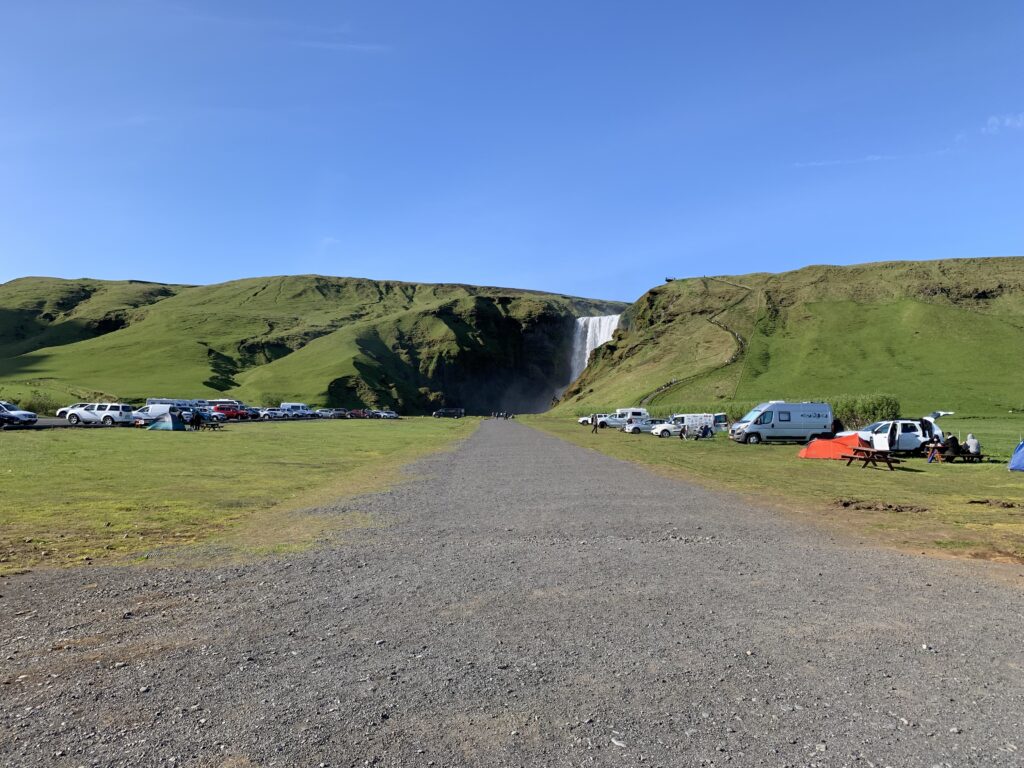
A lot of people had the GoCampers vehicles. They have multiple options available that can be quite affordable if you are staying for a longer time. (For example for one week in October, you might only spend 580 USD for the rental for two people, which compared to staying at a hotel for 100 USD a night, plus a small car rental of approximately 80 USD a day can save you 600 USD, even after camping fees.) Make sure you compare rates of the vehicles versus accommodation, as fees can vary considerably between peak and off-peak seasons.
Eating in Iceland
Don’t eat out if you’re on a tight budget. Even fast food like hotdogs are pricey and low value compared to what you can cobble together yourself from the supermarket.
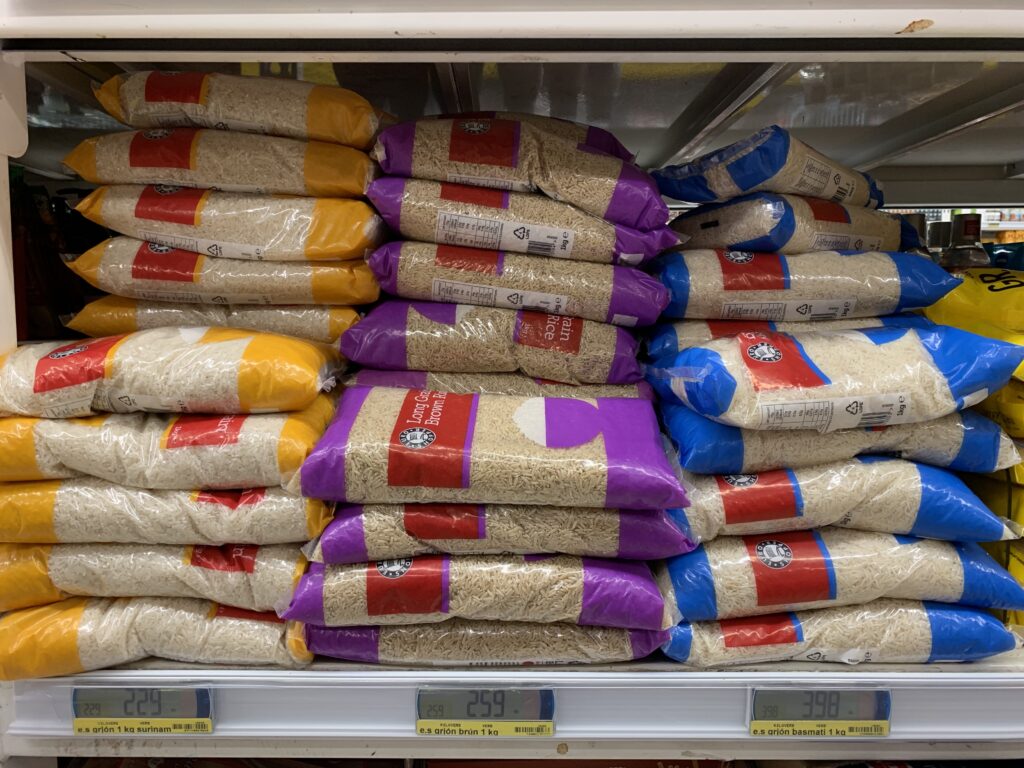
That said, you really don’t need to lug a whole suitcase full of food from home to Iceland to save money. The price differences really aren’t that vast. Shop at the budget grocery stores like Bonus, Netto, and Kronan. For example, at Bonus and Netto, a 500g bag of oats is about 0.74 USD. A 1kg packet of spaghetti is 349 ISK (2.74 USD). The items worth bringing from home are granola bars (options here are limited), trail mix, tea bags, peanut butter, and soup packets (these were significantly more expensive in Iceland). If you have a favourite breakfast cereal like muesli or granola, you can bring it with. Otherwise, you can get pretty much all the basics in Iceland.
We survived off of oatmeal, bananas and Skyr yogurt (1kg tubs are the best deal at Bonus) for breakfast, soup and rice plus veggies for dinner, and peanut butter and jam sandwiches for easy lunch.
We also saved a lot of money by avoiding eating out and booking accommodation that came with shared kitchen facilities. Given the cost of a meal can be 20 to 50 USD, you can save a lot this way. It’s also healthier.
You don’t need to buy water – the natural glacial water that you find in the waterfalls and streams is super clean and tastes amazing. You can fill up a water bottle at running sources of water.
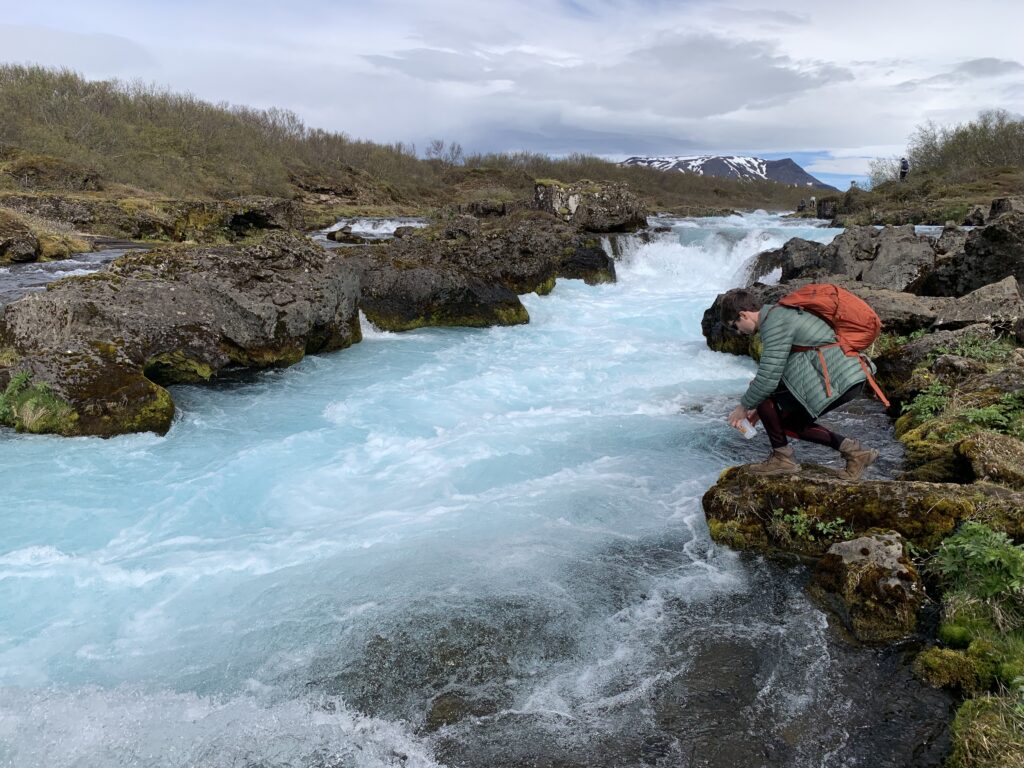
What to Pack for Iceland
What you need for Iceland will depend on the season. We went in late May and only had a day of rain. Other than that, the days were warm enough for a light jacket (sometimes a t-shirt) and sunny.
In general, pack layers and a set of rain-proof gear. A rain jacket, rain pants (or quick drying pants), and water-proof shoes will help if you visit the waterfalls up close (like Skogafoss or if you walk behind Seljalandsfoss).
You’re unlikely to do any challenging hikes where you’d need hiking boots. Or any other intense hiking gear for that matter. I kept seeing people’s photos of Iceland with them all decked out in rugged gear as if they were going on epic hikes, but I promise you, most sites are next to the parking lot. You are unlikely to need any fancy gear while you visit. For short hikes like to Bruarfoss on the Golden Circle, sneakers are good to have because it is a bit longer of a walk and it can be muddy.
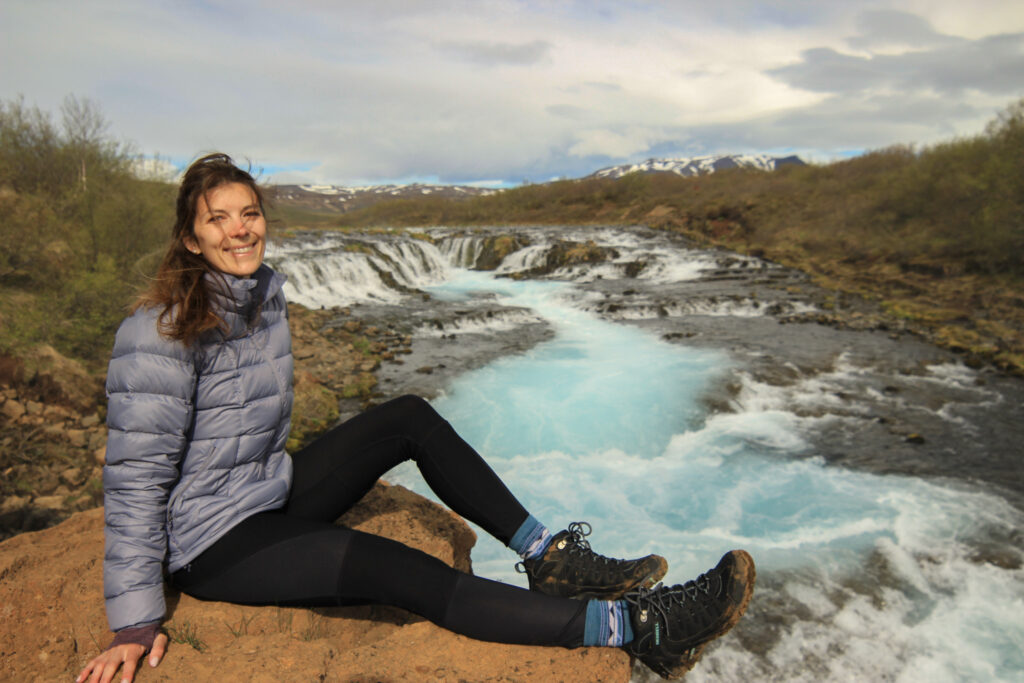
Otherwise, we found the following items useful for day-to-day comfort. A reusable water bottle is great to avoid buying plastic bottled water. Tupperware is great for holding sandwiches and snacks during the day. A small cooler bag can help keep things like leftover Skyr yogurt and other food supplies cool. We also brought camping utensils and plates with us in case the hotels didn’t have this, but we didn’t end up needing it.
In the summer, bring eye masks to help you sleep at night since not all places have great blackout curtains. (Sunglasses are useful as well.) Ear plugs or another sound cancelling device (like a white noise app on your phone) can be helpful since all of the hotels are built quite badly and are very noise-prone.
Iceland uses the same plugs as in Europe (Type C).
Happy spending!
